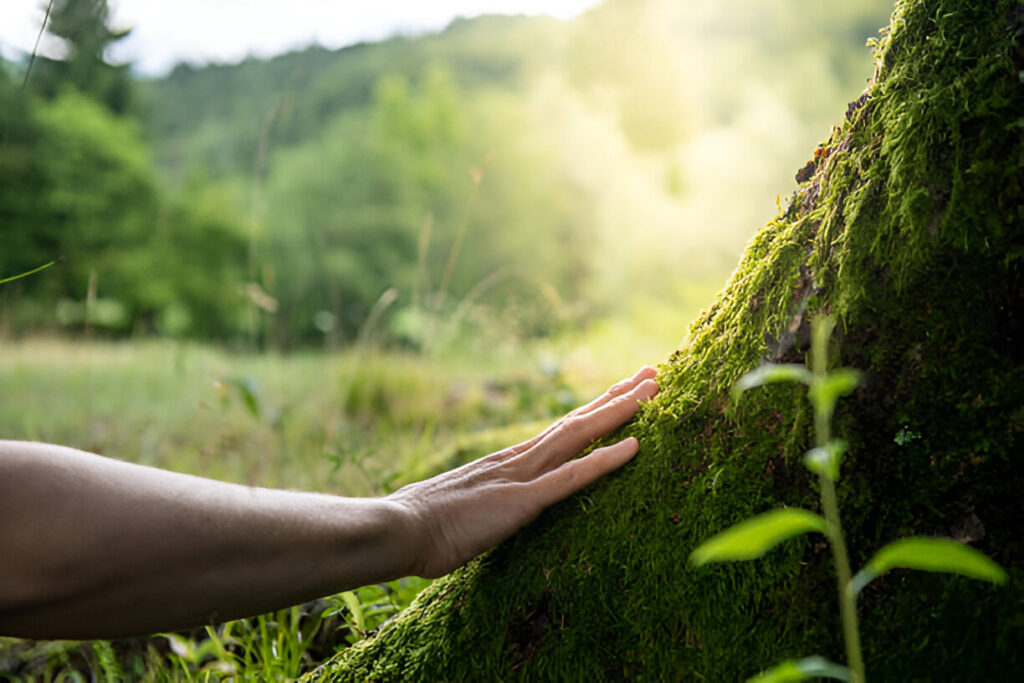In our fast-paced, technology-driven world, the practice of reconnecting with nature has become more essential than ever. Forest therapy, also known as forest bathing or “shinrin-yoku” in Japanese, offers a holistic approach to healing and well-being. This ancient practice involves immersing oneself in the forest environment to experience its therapeutic benefits. But what exactly is forest therapy, and how can one embark on this journey? Let’s delve deeper into the wonders of forest therapy and provide a comprehensive forest bathing guide.
What is Forest Therapy?
Forest therapy is a practice that encourages individuals to spend time in natural, wooded environments to promote physical, mental, and emotional health. Unlike a simple walk in the park, forest therapy involves mindful engagement with the surroundings, fostering a deep connection with nature. The practice originated in Japan in the 1980s as a response to the high-stress levels and lifestyle-related illnesses prevalent in modern society. Since then, it has gained global recognition for its profound health benefits.
Benefits of Forest Therapy
- Stress Reduction: Spending time in the forest helps lower cortisol levels, the hormone associated with stress. The serene environment and fresh air promote relaxation and reduce anxiety.
- Enhanced Mood: Natural surroundings have a positive impact on mood, reducing symptoms of depression and increasing feelings of happiness and well-being.
- Improved Immunity: Exposure to phytoncides, natural compounds released by trees, boosts the immune system’s function, enhancing the body’s ability to fight off diseases.
- Increased Energy Levels: Forest therapy rejuvenates the mind and body, increasing vitality and reducing fatigue.
- Better Sleep: The calming effects of nature help improve sleep quality, providing a more restful and restorative experience.
- Enhanced Focus and Creativity: Time spent in nature enhances cognitive function, improving concentration, creativity, and problem-solving skills.
A Comprehensive Forest Bathing Guide
Embarking on a forest therapy journey requires mindfulness and intentionality. Here’s a step-by-step forest bathing guide to help you make the most of your experience:
- Choose the Right Location: Select a forest or wooded area that is easily accessible and safe. Look for places with minimal human disturbance to ensure a tranquil environment.
- Disconnect from Technology: Leave your electronic devices behind or switch them off. The goal is to be present in the moment and fully engage with nature.
- Dress Comfortably: Wear comfortable clothing and shoes suitable for walking on natural terrain. Consider the weather and bring any necessary gear, such as a hat or raincoat.
- Slow Down: Unlike a typical hike, forest therapy is about moving slowly and mindfully. Take your time to observe your surroundings, listen to the sounds of nature, and breathe deeply.
- Engage Your Senses: Use all your senses to connect with the environment. Feel the texture of tree bark, inhale the scent of forest air, listen to birdsong, and observe the colors and shapes around you.
- Find a Spot to Sit: Take a moment to sit quietly in a comfortable spot. Close your eyes and meditate, allowing yourself to fully immerse in the natural ambiance.
- Reflect and Journal: After your forest therapy session, take some time to reflect on your experience. Journaling your thoughts and feelings can enhance the therapeutic benefits and provide insights into your connection with nature.
Conclusion
Forest therapy is a powerful practice that invites us to slow down, reconnect with nature, and rejuvenate our minds and bodies. By following this forest bathing guide, you can embark on a journey of healing and discover the profound benefits of immersing yourself in the natural world. Whether it’s reducing stress, boosting immunity, or enhancing creativity, forest therapy offers a holistic approach to well-being that is both simple and accessible. So, step into the forest, embrace the serenity, and let nature work its magic.


